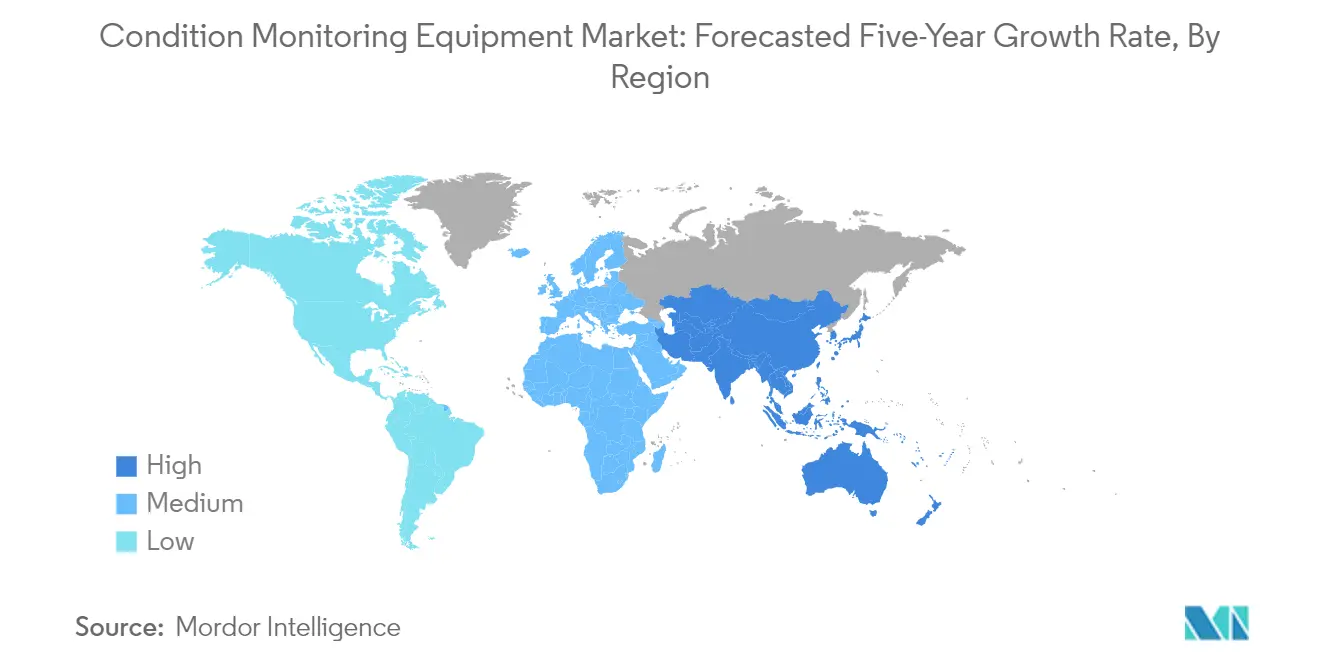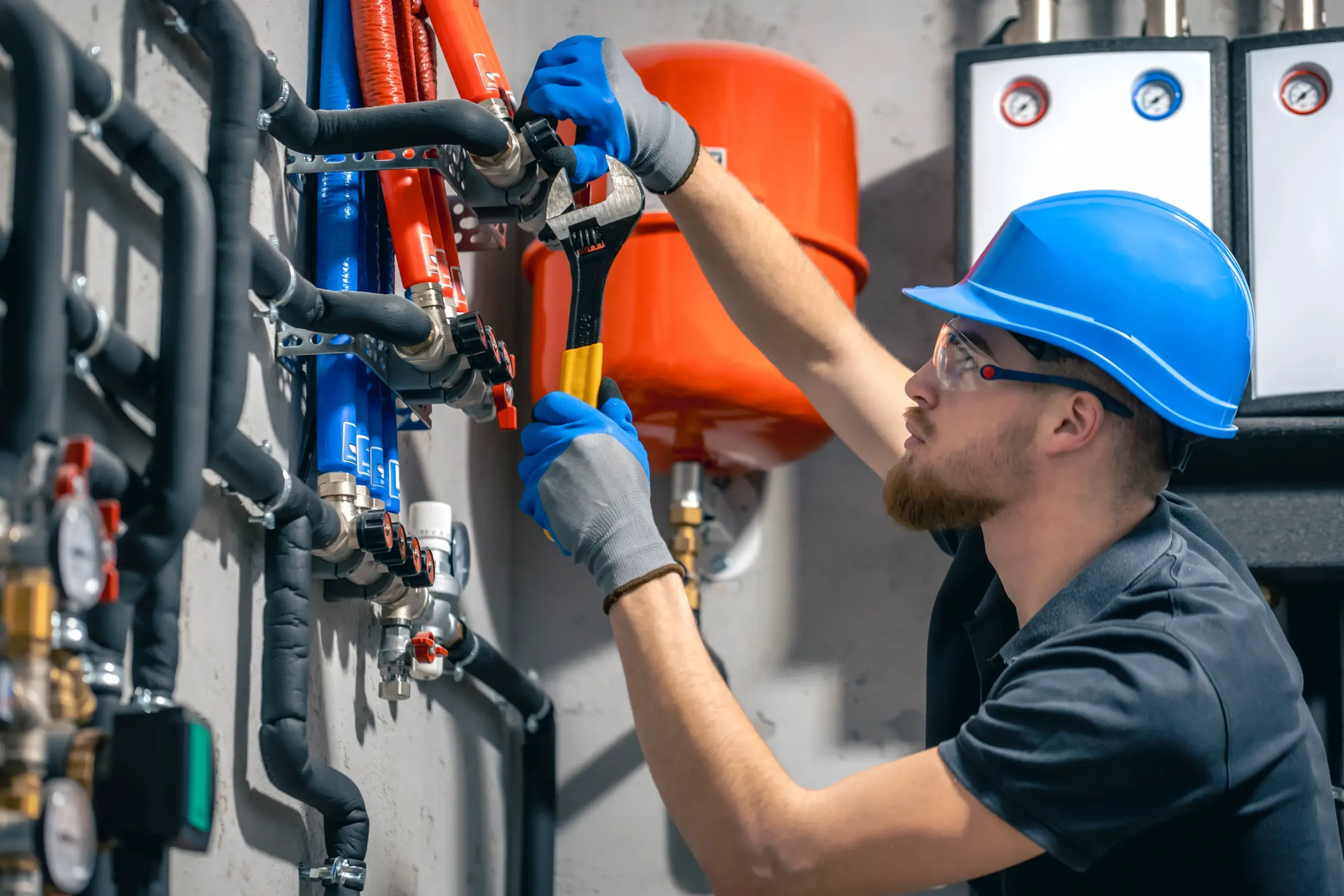In the era of Industry 4.0, equipment condition monitoring (CM) and fault diagnosis (FD) have become critical for enhancing operational efficiency and reducing costs for businesses. The integration of the Internet of Things (IoT) with Enterprise Asset Management (EAM) systems is revolutionizing equipment management, shifting from traditional reactive repairs to intelligent predictive maintenance. This article explores how IoT and EAM will transform equipment condition monitoring and fault diagnosis by 2025, while analyzing the opportunities and challenges ahead.
I. Why the Fusion of IoT and EAM Matters
In modern industrial settings, equipment reliability and operational efficiency directly impact a company’s competitiveness. Condition monitoring and fault diagnosis technologies enable real-time data analysis to predict potential issues and minimize unplanned downtime. However, traditional methods often rely on manual inspections or scheduled maintenance, which are inefficient and costly. The combination of IoT and EAM brings a revolutionary change to this field, leveraging data-driven decision-making for greater precision and efficiency.
By 2025, this technological integration will reach new heights, becoming a cornerstone of industrial digital transformation. According to Gartner’s predictions, over 25 billion IoT devices will be connected globally by 2025, with the industrial sector accounting for a significant share. Additionally, a McKinsey report highlights that integrating IoT with EAM can reduce equipment downtime by 30-50%, saving substantial costs for businesses. This trend indicates that 2025 will be a pivotal year for intelligent equipment management.

II. The Role of IoT in Equipment Condition Monitoring
Internet of Things (IoT) technology, through smart sensors and network connectivity, provides a robust data foundation for equipment condition monitoring. These sensors collect real-time data on critical parameters such as vibration, temperature, and pressure, transmitting it to central systems for analysis. For instance, in manufacturing, IoT sensors can monitor machinery performance, detecting anomalies early to prevent major failures.
Moreover, the advent of edge computing technology allows data processing at the device level, significantly reducing transmission latency and enhancing monitoring system responsiveness. Gartner forecasts that by 2025, 75% of industrial data will be processed at the edge rather than fully uploaded to the cloud, which is particularly beneficial in environments with limited network conditions. Simultaneously, the widespread adoption of 5G networks will further accelerate data transmission for IoT devices, bolstering real-time monitoring capabilities.
According to a Mordor Intelligence report, the equipment condition monitoring market is expected to grow at a compound annual growth rate (CAGR) of 6.66% during the forecast period, with IoT technology as a primary driver. By 2025, IoT will not only serve as a data collection tool but also as a key enabler of predictive maintenance.
III. How EAM Systems Enhance Fault Diagnosis Capabilities
Enterprise Asset Management (EAM) systems integrate equipment data to provide comprehensive asset lifecycle management, optimizing maintenance schedules. Unlike traditional asset management, modern EAM systems combine historical data with real-time monitoring to identify potential faults proactively through predictive analytics. For example, when equipment operating parameters exceed normal ranges, an EAM system can automatically generate maintenance work orders and schedule the optimal repair time, minimizing downtime.
By 2025, EAM systems will increasingly rely on artificial intelligence (AI) algorithms to achieve more accurate fault diagnosis and resource allocation. Machine learning models, for instance, can predict future issues based on historical fault records and recommend optimal solutions. Deloitte research shows that combining EAM with predictive maintenance can reduce maintenance costs by 25%, which is especially significant for asset-intensive industries like energy and manufacturing.
Furthermore, a Fortune Business Insights report indicates that the global machine condition monitoring market size is projected to grow from $2.99 billion in 2025 to $5.53 billion by 2032, at a CAGR of 9.1%. This data underscores the expanding role of EAM systems in fault diagnosis as technology advances.
IV. The Synergy of IoT and EAM: Transformation by 2025
The integration of IoT and EAM creates a powerful synergy, transforming equipment management from reactive repairs to proactive prevention. IoT provides the real-time data foundation, while EAM offers the management framework, enabling businesses to gain a comprehensive understanding of equipment status and develop more effective maintenance strategies. For instance, after IoT sensors detect an anomaly, the EAM system can immediately analyze the data, determine the root cause, and allocate repair resources, minimizing impact.
Digital Twin technology is a vital component of this synergy. By creating virtual models of equipment, Digital Twins simulate operational states, predict potential faults, and optimize performance. Deloitte reports suggest that by 2025, Digital Twin technology will be widely adopted in aerospace, manufacturing, and energy sectors, helping businesses save significant maintenance costs.
Additionally, the adoption of hybrid cloud-edge architectures will further enhance data processing efficiency. Future Market Insights predicts that the global condition monitoring system market will grow from $4.38 billion in 2025 to $9.2 billion by 2035, at a CAGR of 7.7%. This growth highlights that the integration of IoT and EAM will reach new heights by 2025, delivering substantial economic benefits to industrial enterprises.

V. Challenges and Opportunities: Outlook for 2025
While the combination of IoT and EAM holds immense potential, its implementation faces several challenges. First, data security and privacy concerns are a major hurdle. With the proliferation of IoT devices, the risk of cyberattacks increases, requiring businesses to invest more in protecting sensitive data. Second, interoperability issues among IoT devices can complicate system integration, especially for companies using multi-brand equipment. Lastly, the high cost of technology implementation may limit adoption by small and medium-sized enterprises (SMEs).
However, these challenges are accompanied by significant opportunities. The push for sustainability goals is a key driver, as intelligent monitoring technologies can significantly reduce industrial energy consumption. An International Energy Agency (IEA) report states that by 2025, smart monitoring technologies will play a crucial role in minimizing energy waste. Additionally, government support for industrial digitization and the growth potential of emerging markets provide favorable conditions for the widespread adoption of IoT and EAM.
Frost & Sullivan forecasts that by 2025, the market for augmented reality (AR) in industrial maintenance will reach $5 billion, indirectly boosting IoT and EAM applications. For example, AR technology can integrate with EAM systems to guide technicians through visual interfaces during repairs, improving efficiency.
VI. The Path to a Smart Future
In summary, the fusion of IoT and EAM is transforming equipment condition monitoring and fault diagnosis, delivering unprecedented efficiency gains and cost savings for industrial enterprises. IoT provides real-time data support, while EAM optimizes asset management through intelligent analysis, making predictive maintenance a reality. By 2025, with further advancements in 5G, Digital Twin, and AI technologies, this trend will become even more pronounced.
McKinsey predicts that by 2025, the industrial IoT market will reach $500 billion, with EAM as a critical component. For businesses, embracing these technologies is not only necessary for staying competitive but also key to achieving sustainability goals. Looking ahead, technologies like AI and blockchain may further integrate into equipment management, offering new solutions for data security and transparency.
To address these evolving needs, Samex Systems offers a cutting-edge IoT and EAM integrated solution. This application-driven approach enables businesses to harness real-time data, optimize asset management, and achieve predictive maintenance with unparalleled efficiency. By leveraging Samex’s innovative solutions, companies can stay ahead in the rapidly transforming industrial landscape while aligning with their sustainability objectives.
On the path to a smart future, 2025 stands as a significant milestone. Companies must proactively address technological challenges and seize the opportunities of digital transformation to remain competitive in an increasingly dynamic market. The combination of IoT and EAM is not just a technological advancement but a necessary step toward intelligent industrial operations.









